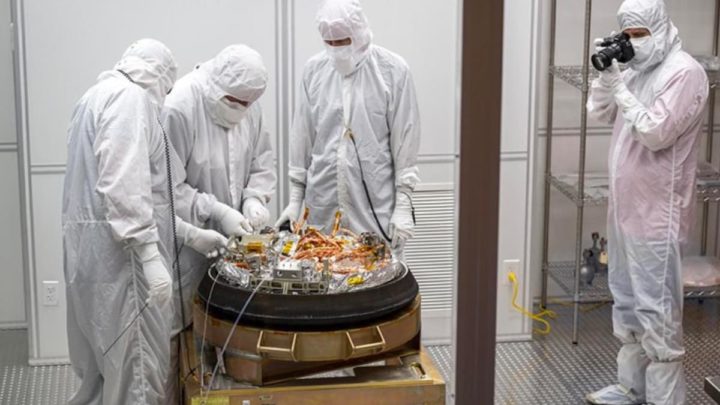Analysis of samples of Bennu from NASA’s OSIRIS-REx mission reveals the presence of sodium magnesium phosphate, a compound that suggests the asteroid may have formed on a primitive ocean world.

It took OSIRIS-REx seven years to reach Bennu and bring the sample back to Earth. On September 24 of last year, NASA's spacecraft passed near Earth, and when it approached our planet, it handed us a capsule containing rock samples collected from the asteroid.
As expected, the 120-gram sample from asteroid Bennu has the potential to reveal important knowledge about the evolution of our solar system.
As is known, initial analysis of samples from the asteroid Bennu showed signs of carbon and water, essential ingredients for the development of life on the planet. However, recent tests revealed that the samples also contain sodium magnesium phosphate, an ionic compound consisting of a magnesium cation and a phosphate anion.

according to press release Released by NASA, the discovery of sodium magnesium phosphate was a surprise, as it had not been detected by OSIRIS-REx's remote sensors. Furthermore, it suggests that “the asteroid may have separated from a small, primitive ocean world that had long since disappeared.”
The sample we returned is the largest reservoir of unaltered asteroid material on Earth at present.
The presence and state of phosphate, along with other elements and compounds on Bennu, indicate a watery past for the asteroid. Bennu is likely part of a wetter world. However, this hypothesis requires further investigation.
“This is a very exciting time for us,” Dante Lauretta, co-author of the paper and principal investigator of OSIRIS-REx at the University of Arizona, Tucson, explained in the same statement.

On one conditionA team from the University of Arizona in Tucson said that Bennu "was chosen as a target for the mission in part because telescopic observations indicated a primitive composition of carbon and water-bearing minerals."
In fact, asteroids like Bennu have never melted or solidified since they formed billions of years ago. This means that the composition of samples taken from Bennu could provide valuable information about the early evolution of the solar system, some 4.5 billion years ago.
Read also:

